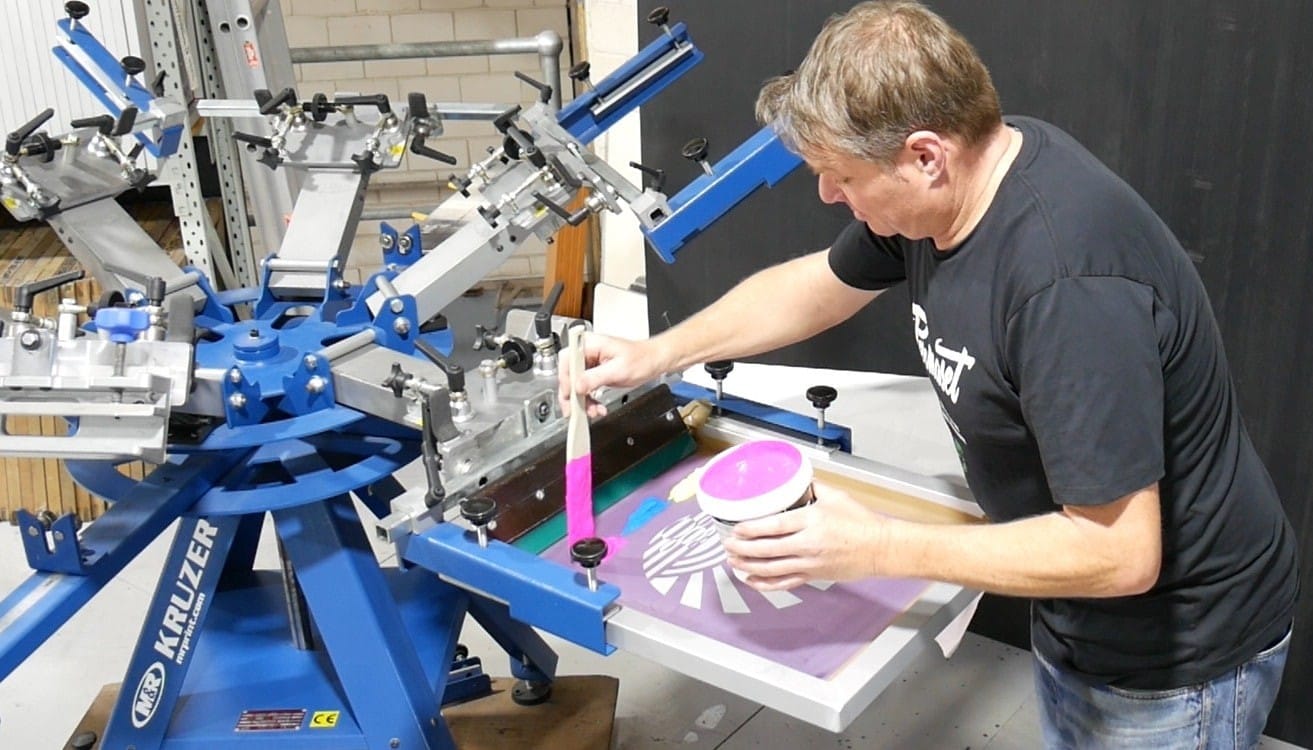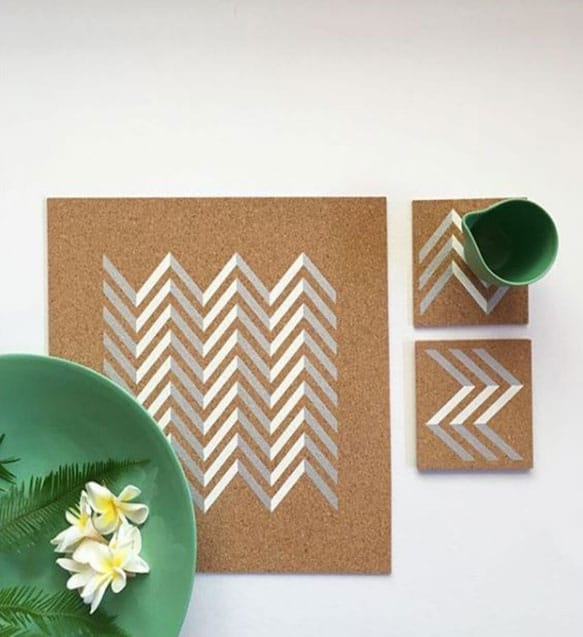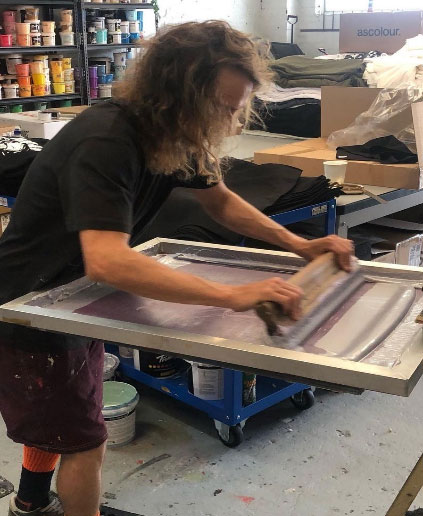Like any skill or trade, screen printing or textile printing requires practice and dedication to master. Along the road to mastering screen printing, you’re bound to bump into a few blunders, some minor and others more costly. If you can avoid at least some of these blunders however, then you could not only spare yourself some messy situations, but also save on time, materials and costs. So why not get to know these common mistakes? That way, you can avoid them, and get a great head start on screen fabric printing!
Common Mistake No.1: Starting without preparing
Failing to prepare is like preparing to fail. Preparation is absolutely key to establishing a solid printing business, as well as in the actual process of screen printing itself. You need to know exactly what you’re getting into before you get into it: what equipment and materials you’ll need, how much you will have to spend, who your customers are, and of course, the basics of screen printing.
Common Mistake No.2: Using the same screen mesh for all jobs
One of the most basic yet important things you need to learn is what size screen mesh to use for each printing job. A lot of printers rely on their suppliers to recommend the right screen mesh count, and this will often result with printers having just 43 T (110 tpi) and 77 T (195 tpi) mesh counts for textiles and paper/posters respectively. These are adequate with most printing tasks, but definitely not for all. Once you start to work with halftones and high-end printing, you’ll need to switch to higher mesh counts.
Common Mistake No.3: Not test printing
Even the most seasoned printers can fall victim to this blunder, and it can be a costly one. It may seem like an extra step that’s very time consuming, but over the long term, it will really save you from wasting time, energy and materials. So always, always, ALWAYS do a test print, even if you’ve been printing for some time now, and especially if you’re doing something new or something you haven’t done in a while.
Common Mistake No.4: Pressing too hard on the squeegee
You need a firm grip on the squeegee to get a good coat of ink, but that doesn’t mean you have to put your weight into it. Pushing too hard can cause ghosting or smearing, and you definitely don’t want that. Water-based inks are typically formulated at lower viscosity, so you can almost just caress the screen and you’ll get good transfer of the ink from screen to T-shirt. This will also mean more of the ink ON the shirt rather than inside the fibres, so the print will be more vibrant for the same amount of ink and have an even softer handle. The reduced pressure means that everything will last longer; your stamina over the life of the print job, your joints, the squeegee blade and the emulsion image. It’s all part of treading more lightly on the Earth.
Common Mistake No.5: Using too much angle on the squeegee during the print stroke
It may take a few attempts to get comfortable with the right angle, but for beginners, it’s best to start with the squeegee almost vertical, then tilt it around 15° off vertical. Also pull the squeegee towards you with a swift, crisp stroke. That will result in a crisp image. Too much squeegee angle results in a longer hydrostatic pulse which can lead to splurge under the stencil gasket. This can result in ink going where you don’t want it with indistinct outlines as well as other undesirable print flaws.
Common Mistake No.6: Not flooding the screen in between prints
When using water-based ink, you must flood the screen between prints and after printing, otherwise the ink is likely to dry up on your screen. A good tip is to have a spray bottle of water handy and misting over the surface of the ink every now and then during a print run. It’s also good practice to keep adding fresh ink every 15-20 prints, to keep the screens moist and the inks in optimum condition.
With the increasing penetration of water-based inks into the market, some newer print equipment comes with foggers over the screen area, so as your business grows, this will be something that you can look forward to. In the meantime, keep your screens flooded and your inks well hydrated.
At the end of the print run, leave a generous flood of ink on the screen image area and a good mist of water over the ink until you are ready to give it your undivided attention for clean-up.
Common Mistake No. 7: Not flash drying after laying down a white under-base
If printing on dark garments with standard (transparent) inks over a white under-base, then you should flash dry the under-base after before you print the other colours. First up, you also dramatically reduce the risk of pick-off of later screens picking up the partially dried under-base. Second, and perhaps more importantly from a design perspective, the flash dry will result in more vibrant colours and a better quality print.
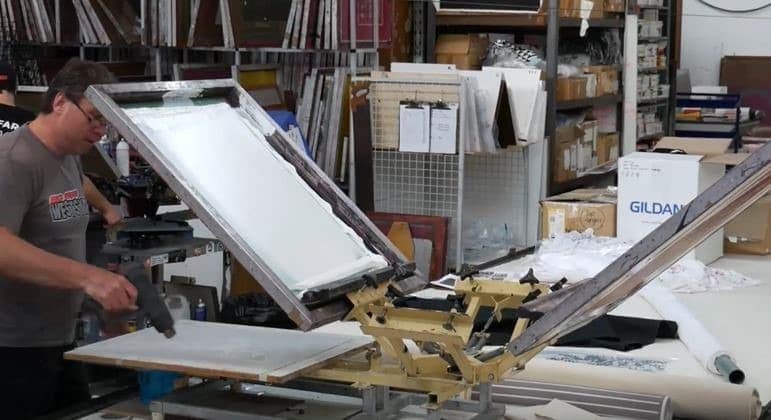
So you can now make your foray into screen printing a much better experience by avoiding these common rookie mistakes……and for more information on water-based inks, check out our other informative articles from PERMASET Inspiration
© COLORMAKER INDUSTRIES 2021
Subscribe to get the latest inspiration, news & advice direct to your inbox
More articles
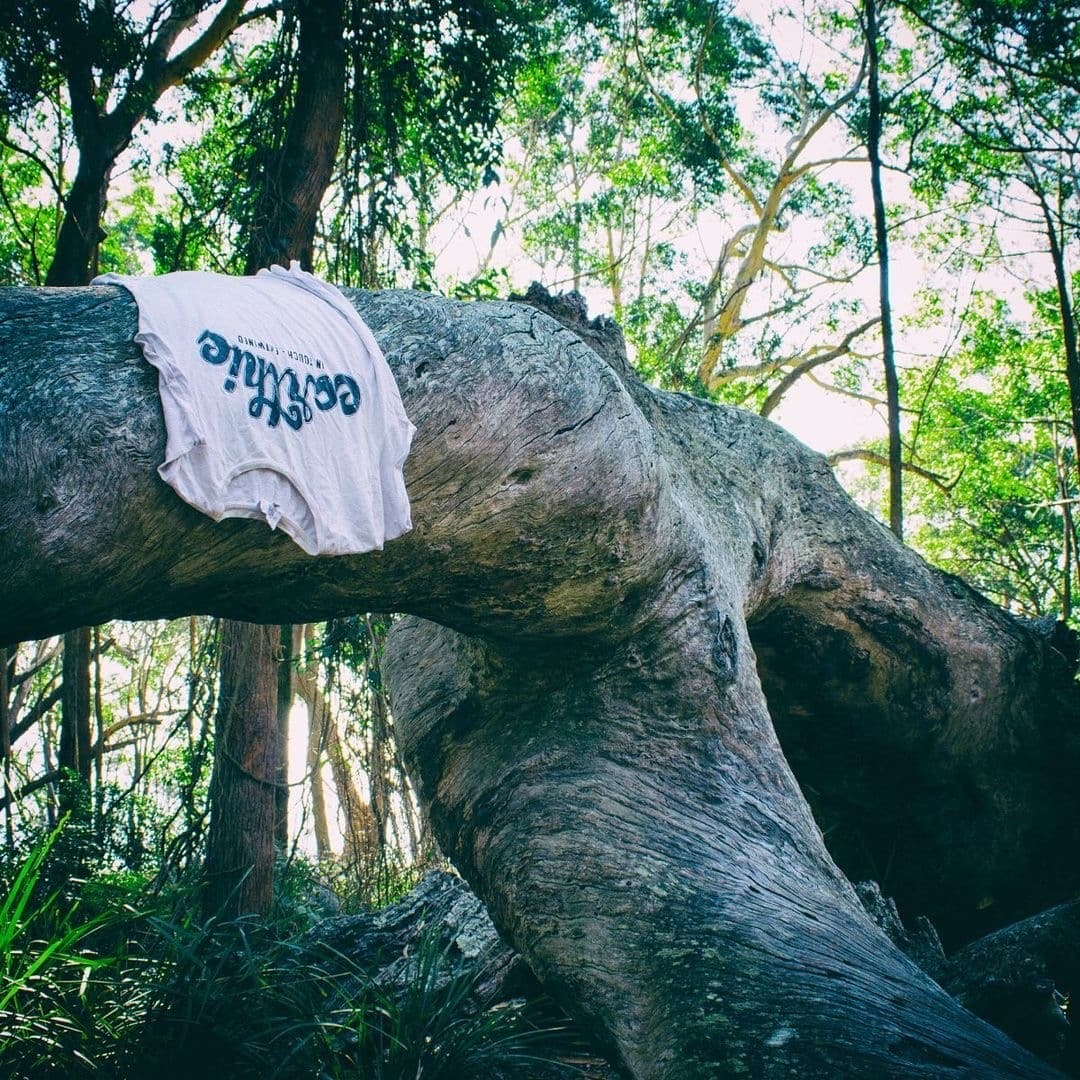 @imearthie
@imearthie
Clothing label I’m Earthie shares how they strive to be a truly sustainable brand
Clothing label I’m Earthie shares how they strive to be a truly sustainable brand
